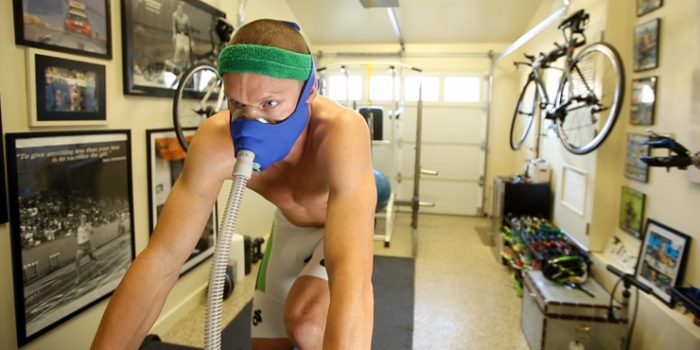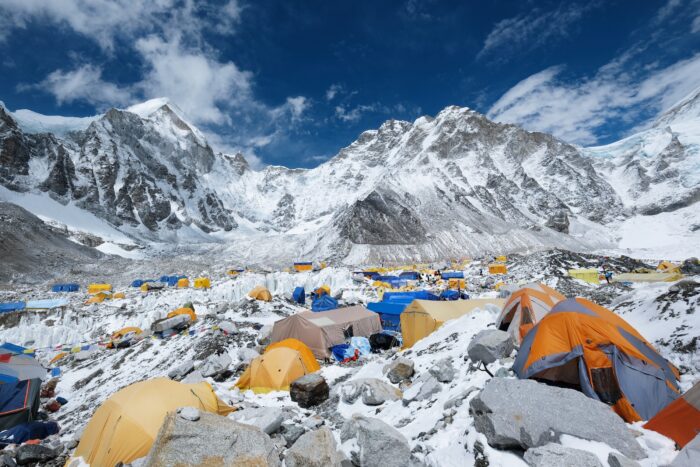The oxygen at the summit of an 8,000m peak is so thin most humans can’t survive if plucked from sea level and dropped at the top.

That’s why most mountaineers spend a month or two on a mountain before summiting, making repeated trips to progressively higher spots. This allows the body to acclimatize for the final summit push.
At least that’s the tradition. But when Adrian Ballinger and Emily Harrington climbed 8,188m Cho Oyu in a single “lightning” push last month, they cut that step entirely.
This is how.
Pre-Acclimatizing
“The key to moving fast was to have logistics dialed and be in great shape,” said Ballinger, 40, the founder of Olympic Valley, Calif.-based guiding service Alpenglow Expeditions. “But we combined that with pre-acclimatization with Hypoxico altitude tents.”

Hypoxico’s units are sealed spaces — as small as a mask, or as large as a whole room. They thin the concentration of oxygen in that space by replacing it with nitrogen. This simulates higher altitudes within the confined area.
Endurance Training

Mountain Training

High Altitude ‘Training’











